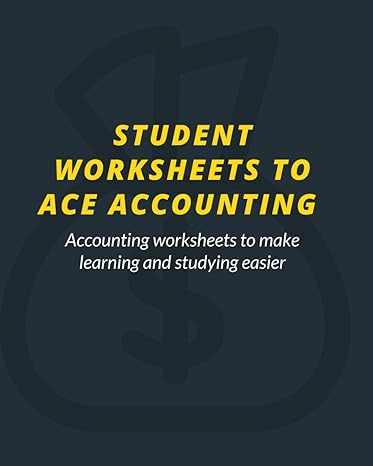Question
1.)Assume that Labor and Kapital are purchased in a perfectly competitive market,and the end product is sold in a perfectly competitive market LABOR P =
1.)Assume that Labor and Kapital are purchased in a perfectly competitive market,and the end product is sold in a perfectly competitive market
LABOR P = $4 Kapital P = $6
Resource Total Product Marginal Product Total Revenue MRPl Resource Total Product Marginal Product Total Revenue MRPk
Labor Kapital
0 0 0 0
$0
1 16 $32 1 24
$48
2 28 $56 2 41
$82
3 38 $76 3 53
$106
4 46 $92 4 63
$126
5 53 $106 5 72
$144
6 59 $118 6 80
$160
7 63 $126 7 86
$172
8 65 $132 8 89
$ 178
1A. At an output level of 99, what is the cost minimizing combination of Labor and Kapital?
1 B. At an output level of level of 154, what is the cost minimizing level of Labor and Kapital ?
1C. If the price of the product is $2.00, what is the profit maximizing combination of Labor and Kapital? What is the total profit?
2.) Let's take another look at the minimum wage.
2a. Is the minimum wage a price ceiling or price floor? Show this on a graph. Point out or describe any inefficiencies with regard to price and quantity.
2b. Is the minimum wage similar to any of the union models in chap 17? If so, which one?
2c. Is there a different result for minimum wage, which you outlined in #1, if monopsony or monopsonistic power is injected into the analysis, AND your answer to #2b? What might that be? Is there a different result for equilibrium price and wage you outlined in #2a. If so, what would that be ?
Step by Step Solution
There are 3 Steps involved in it
Step: 1

Get Instant Access to Expert-Tailored Solutions
See step-by-step solutions with expert insights and AI powered tools for academic success
Step: 2

Step: 3

Ace Your Homework with AI
Get the answers you need in no time with our AI-driven, step-by-step assistance
Get Started


